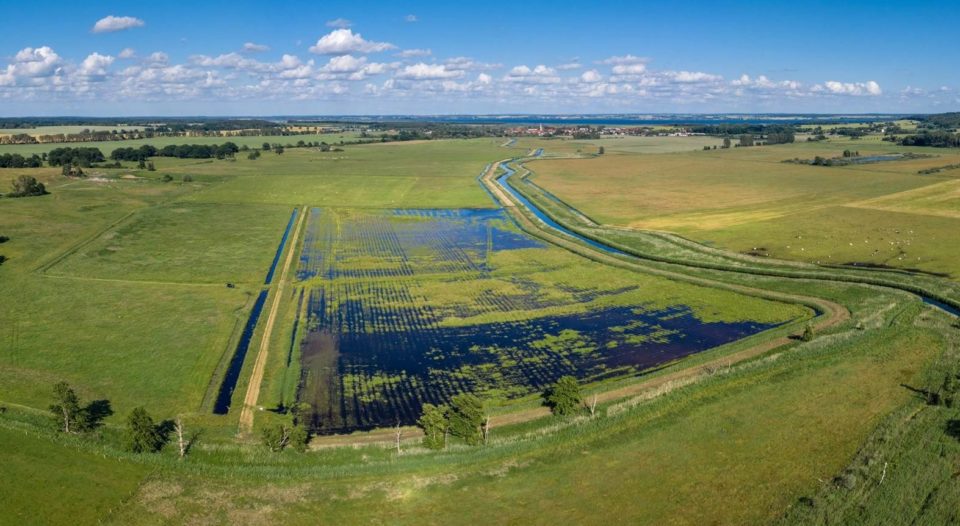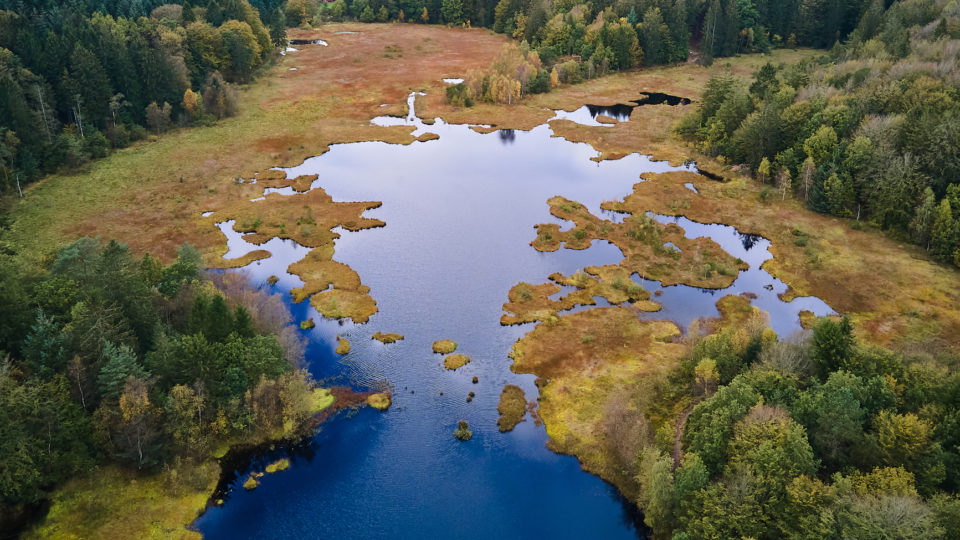Wetlands International Europe, which represents 13 member organisations working to protect and restore wetland ecosystems across the continent, believes a strong EU Nature Restoration Law is needed to secure the future of our vital wetlands. On this page, you can learn more about the proposed law, our position on the draft, links to relevant publications and events, and take action to encourage policymakers to adopt strong rules. The page will be updated as the legislative process develops.
Take action to #RestoreNature
Nature Restoration Law links
-
Decisive vote in favour of the Nature Restoration Law and wetlands
- Pushing for an ambitious Nature Restoration Law in EU inter-institutional negotiations
- Nature restoration law still on track but European Parliament puts targets for wetlands restoration in doubt
- Member States to European Parliament: Europe needs a Nature Restoration Law now
- EU Nature Restoration Law survives key Parliament committee vote
- Blog: Europe and its peatlands need the Nature Restoration Law
- Open letter on peatlands in the EU Nature Restoration Law
- Q&A on peatland rewetting and restoration
- Our position on the draft EU Nature Restoration Law
- European Parliament’s EU Nature Restoration Law draft a good basis but needs stronger peatland measures
- Living Rivers Europe (see Reports and Briefings)
- Higher ambition for peatlands in the EU Nature Restoration Law
- Proposed EU Nature Restoration Law a historic step for wetlands restoration
- Italian NGOs call on EU Commission to publish Nature Restoration Law proposals
- Open letter on Peatlands in the EU Restoration Law
- The European Commission must put the Nature Restoration Law back on track
Related links
- World Peatlands Day: Celebrating a vital European ecosystem
- Trans-European Swimways Programme
- Policy makers, experts discuss role of EU biodiversity strategy in freshwater fish conservation
- Free-Flowing Rivers website launched
- Workshop report “Free-flowing rivers and restoration of river connectivity”
- ‘For Peat’s Sake’ – NGOs, policymakers debate EU Nature Restoration Law in Brussels
- Recommendations on Delivering the European Green Deal Through Landscape Restoration
- Paludiculture lessons for European peatlands from north-east Germany
- World Wetlands Day 2023 highlights need for restoration
Legislative timeline
- 22 June 2022: European Commission presents its long-awaited proposal for an EU Nature Restoration Law
- 12 January 2023: César Luena, the MEP from the Environment Committee (ENVI) leading the proposal through the European Parliament, presents his draft report on the proposed Nature Restoration Law
- 16 March 2023: EU environment ministers discuss the proposal
- 23 May 2023: AGRI Committee vote
- 24 May 2023: PECH Committee vote
- 15 June 2023: ENVI Committee vote
- 20 June 2023: Environment Council sets out its general position
- July 2023: European Parliament vote in plenary on the proposed law
Why the law matters for wetlands
Many of Europe’s wetlands have either disappeared or become heavily degraded over previous centuries, due to drainage for agriculture or infrastructure, pollution, over-exploitation or the effects of climate change. However, they are key ecosystems, contributing to many of the EU’s environmental, climate, biodiversity and social goals. The EU Nature Restoration Law, which will set rules for the restoration of Europe’s degraded ecosystems, habitats and species, can provide a catalyst to unlock the potential of wetland restoration.
Wetlands provide a number of important services to societies, including securing clean drinking water, filtering pollutants, contributing to mitigating and adapting to climate change, reducing the risk of disasters such as floods, habitat for numerous species, and are sites for recreational activities. The multi-faceted nature of wetlands means that protecting and restoring them is an efficient way of contributing to achieving numerous EU goals in environmental, climate and biodiversity policy. An EU Nature Restoration Law that sets strong measures for the restoration of wetlands can help to unlock their potential, for the benefit of people and nature.

Aerial image of a paludiculture test site near Malchin in north-east Germany. The draft Nature Restoration Law contains targets for peatland rewetting and recognises paludiculture – farming on wet or rewetted peatland – as an alternative use for these areas. Photo: AESA aerial

